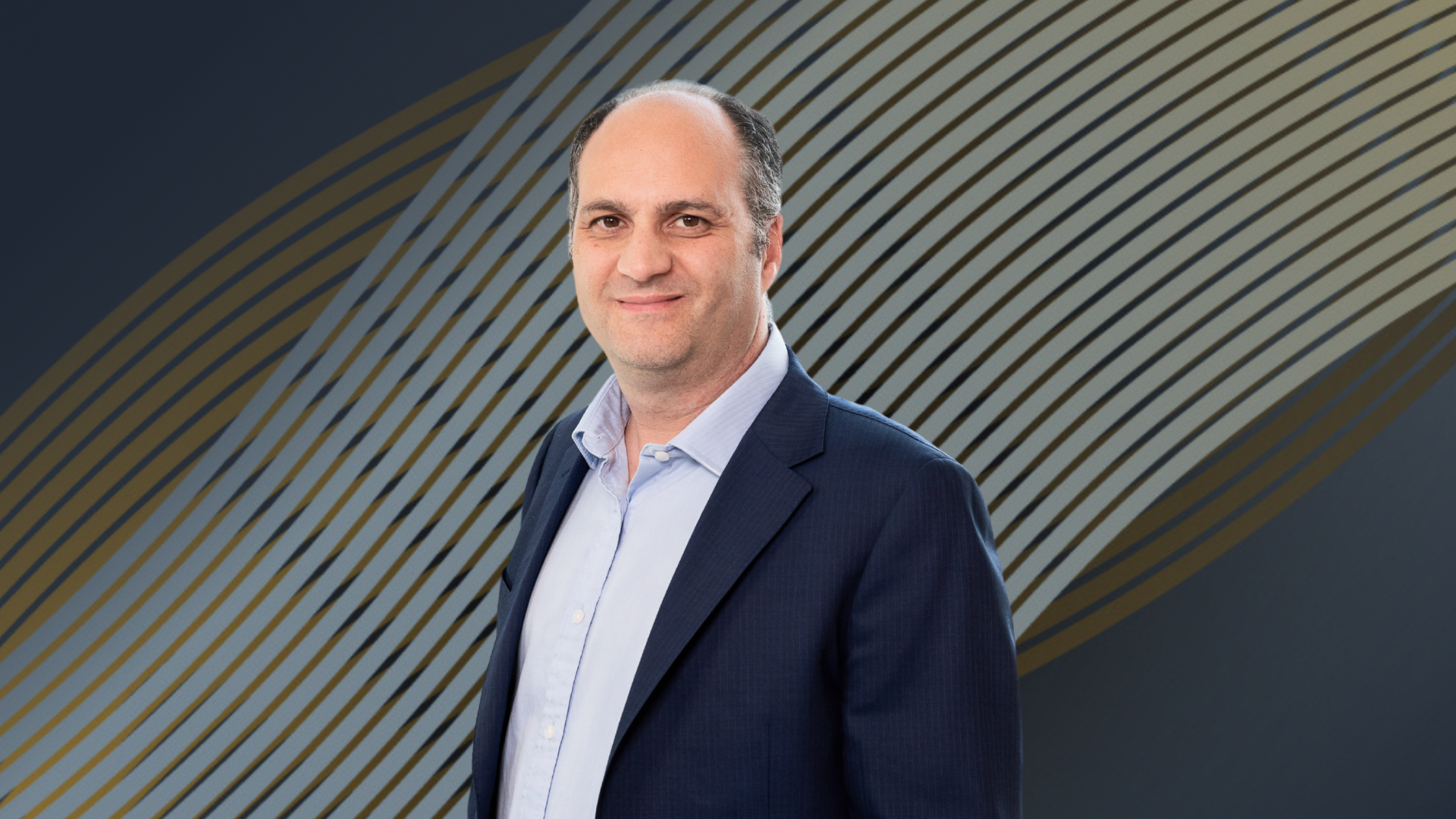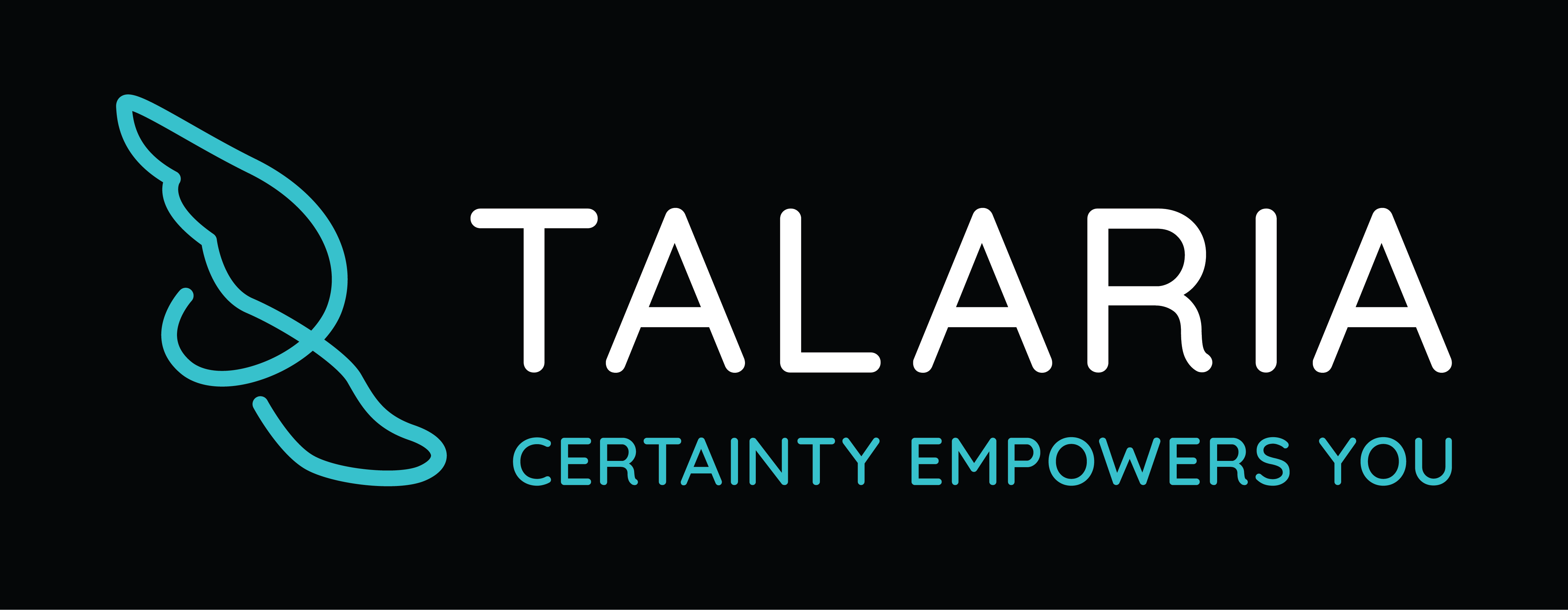Talaria's smoother journey for equity income (and 4 global stocks it likes right now)
With equity yields compressing, market valuations stretched, and volatility proving stubbornly persistent, Talaria Capital is offering an alternative solution for income-focused investors.
Rather than rely on dividends alone, Talaria generates most of its income through cash-backed put options. This strategy benefits from volatility, rather than merely tolerating it.
Because the team earns premium income from writing put options at lower prices on stocks they want to own, the portfolio generates consistent yield while aiming to reduce downside risk. That dual effect becomes even more valuable when markets are unstable.
In an environment where dividend and bond yields are offering less certainty, Talaria’s process-driven approach may offer investors something rarer: consistency.
“We see income as part of our total return. It’s not something we specifically target or have to shift our process to achieve, it’s simply the result of what we do.
The way we implement our strategy means most of our income comes from option premium, and even in today’s low-yield environment, we’re still capturing over 6% a year through income,” says co-CIO Chad Padowitz.
“Instead of buying a company directly on market, we always sell an exchange-traded put option and get paid a premium for doing that which increases when volatility rises. Our approach actually benefits from higher volatility, boosting the income side of our returns,” Padowitz explains.

Valuation discipline and global diversification
Talaria’s investment philosophy is grounded in valuation. Rather than chase high-yielding stocks or popular sectors, the team looks for companies trading at a meaningful discount to their intrinsic value. This not only supports capital preservation but also limits the risk of drawdowns in turbulent markets.
“We’re fundamentally a bottom-up equity fund, with a strong value focus. The companies we buy are typically lower valued, which means they’re less exposed to the impacts of rising discount rates. And, importantly, the income we generate doesn’t depend on those rates,” says Padowitz.
Talaria focuses on companies trading at meaningful valuation discounts, avoiding areas of the market where expectations appear stretched. Padowitz notes that markets have become increasingly concentrated in expensive US mega-cap tech stocks, which Talaria actively avoids in this environment.
“The market has shifted into a momentum- and passive-driven dynamic, increasingly backing the big winners like Nvidia and the Magnificent Seven. Meanwhile, companies in Europe (and elsewhere) that lack that growth profile often get overlooked, even when their fundamentals are strong. We’re finding more opportunities in these less popular markets,” Padowitz notes.
Not chasing rates, just collecting premiums
Talaria’s income engine doesn’t rely on macro forecasting or traditional bond substitutes. Instead, its use of cash-backed put options allows the fund to monetise volatility while maintaining flexibility and capital discipline.
“Interest rates themselves don’t really matter to our process. While we do take into account the economic environment, we’re not in the business of making macro predictions, we primarily focus on owning solid businesses and collecting option premium,” says Padowitz.
By writing put options on stocks the team is comfortable owning at lower prices, Talaria generates regular income from the premiums collected. These are real cash flows, backed by capital already earmarked in the portfolio.
This approach not only adds to the fund’s total return, it also gives the team greater control over entry points and downside risk. Rather than being passive recipients of market direction, the team is actively shaping outcomes.
It’s a key reason why the fund has been able to offer a consistent income stream in a variety of market environments.
Downside protection built into the process
With recession risks and geopolitical uncertainty still looming, downside protection remains a top priority for many investors. For Talaria, it’s embedded directly into the strategy.
“There’s no scenario in our implementation process where there’s a disastrous outcome. The worst thing that happens is we buy a company we already wanted, but at a cheaper price. We either end up holding a stock we like, or we collect a strong premium.
Either way, there’s always an element of risk reduction when compared with simply buying the shares,” Padowitz explains.
This conservative risk management approach ensures that even when markets fall, the strategy can absorb volatility without compounding losses through forced sales or capital calls. It’s a structure designed to weather market shocks without compromising income.
Another layer of protection comes from the team’s strict valuation discipline. By avoiding overhyped or expensive stocks, the portfolio is less vulnerable to sharp corrections. Valuation is an important part of the screening process, which filters out companies that look overvalued or carry undue risk.
This focus on quality and value helps reduce the risk of drawdowns and supports long-term capital preservation. It’s also why the team is comfortable with periods of capturing less of the market's gains, particularly in very strong markets – especially when market sentiment is disconnected from fundamentals.
It’s a message that resonates strongly with income-focused investors who are as concerned with capital stability as they are with yield.
Prepared to act when volatility strikes
Volatility may cause many investors to panic, but for Talaria, it’s often a source of opportunity. That’s because the team prepares in advance for market dislocations by modelling recession-type scenarios for companies they research.
“We do the hard analysis before prices fall, modelling out a range of scenarios for each company. That means when an opportunity comes up, like a sudden spike in volatility, we don’t have to scramble to rework our numbers. We can move quickly, because those windows sometimes only last a few days,” says Padowitz.
That preparation allows Talaria to act quickly when prices fall and volatility spikes. For example, during the April 2025 selloff triggered by new U.S. tariffs, Talaria sold put options on Citigroup at a strike price aligned with their pre-modelled scenario, collecting an annualised return of around 17% despite the broader market selloff.
“With volatility surging, we were able to sell a $45 put option on Citigroup, which was trading at $58 at the time. That deal gave us a 17% annualised return and a 22.5% buffer below the already fallen share price, effectively allowing us to transact at our recession scenario level.
It’s a great example of being paid for preparedness,” Padowitz says
It’s a disciplined, repeatable and alternative approach that helps the fund turn volatility into opportunity and supports consistent income generation in uncertain markets.
Stocks Talaria likes right now
So, which stocks is that repeatable approach spitting out right now? Padowitz shared insights on four global names that currently make the cut.
#1 - CF Industries (NYSE: CF)
CF Industries benefits from a structural cost advantage in fertiliser production due to access to cheap U.S. natural gas versus expensive European inputs. Despite cyclicality, its margins are resilient, and valuation remains attractive due to volatility.
“They have a structural advantage... with a very high return on capital," says Padowitz
#2 - Newmont Corporation (NYSE: NEM)
Newmont operates low-cost gold mines with a 50% profit margin at current prices. It offers inflation protection, no debt, and returns 100% of free cash flow through dividends and buybacks - equating to a 7–8% yield.
“It's a 50% profit margin business… we think that’s a pretty good investment.”
#3 - Everest Re Group (NYSE: RE)
Everest, a global reinsurer, earns 12–14% ROE with a long history in a niche, non-cyclical sector. Valued below book (0.85–0.9x), and trading on a forward PE of 6–7, it offers compelling returns (~15%) with low macro sensitivity.
“It’s got a 15% expected return… and it's not linked to the economy.”
#4 - Sanofi (EPA: SAN)
Sanofi is a French pharmaceutical giant trading on less than 10x earnings with a 5% dividend yield. Despite investing 15% of revenue into R&D, it faces no major patent expiries before 2030, offering stable earnings and strong defensive attributes.
“It’s rare to find this level of stability at such attractive value.”
What success looks like for Talaria
For Padowitz, success isn’t about outperforming the hottest index or delivering eye-popping short-term returns. Instead, it’s about delivering reliable outcomes that solve real investor problems.
Many income-seeking investors, says Padowitz, are looking for stability, not just high yield. Talaria’s focus is on consistency, capital preservation, and delivering income that holds its value across different market environments.
“We’re focused on three key things: producing sustainable income; delivering a strong upside/downside capture – keeping about 70% of the upside while participating in much less of the downside; and maintaining considerably lower volatility – about 30 to 40% below market or peer averages.
That means our investors have a smoother ride, and they’re more likely to stick with us through cycles,” Padowitz says
The fund’s aim is to deliver equity-like returns over the long run, but with lower drawdowns and a smoother ride along the way. And by generating yield through options (rather than relying solely on dividends) the fund is better able to adapt to different market environments.
Padowitz says Talaria’s process aims to deliver strong total returns through a risk-aware, repeatable process, without relying on high-growth sectors or dividend chasing.
For investors seeking a more consistent experience, especially during periods of volatility or shifting market narratives, Talaria’s disciplined, valuation-led process may offer a more durable path to compounding returns and income generation.
While Talaria doesn’t promise eye-popping returns, its process is built on careful valuation, risk management, and a focus on real cash flow, aiming to deliver steady performance across market cycles.


4 topics
4 stocks mentioned
2 funds mentioned
1 contributor mentioned


